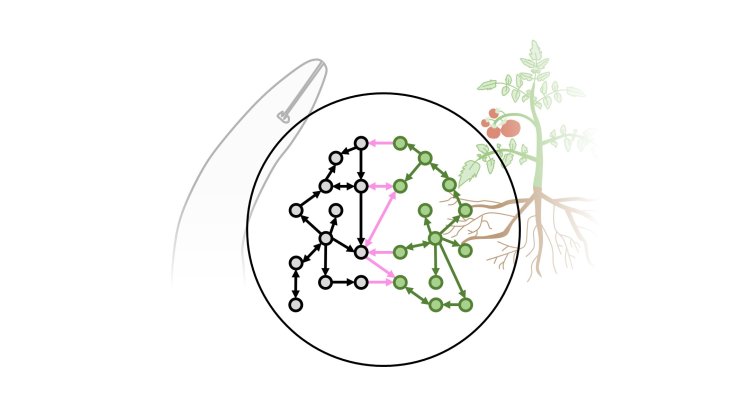
Project
The host-parasite supergenome
We will study the interaction between plant parasitic nematodes and their host through the lens of two interacting genomes. Via this approach we aim to uncover genes that are important for successful parasitism.
Background
Plant parasitic nematodes are a major threat to food security, therefore there are massive breeding efforts to control these nematodes by applying a limited number of plant resistances. However, through studying the interaction between the nematode and the plant more closely, it might be possible to find alternative control strategies. One such way is the study of the gene interaction network that forms upon establishment of a feeding site in the plant by the nematode. To probe such a network, it needs to be disrupted. For that we use naturally occurring genetic variation.
Project description
We will use the plant parasitic root-knot nematode Meloidogyne hapla infecting tomato (Solanum lycopersium and Solanum pimpinellifolium) as a model system to understand the interaction between the host plant and the parasite. These interactions will be studied by means of phenotypic, genetic and transcriptomic approaches. First we aim to get a better understanding of the phenotypic and genetic diversity of M. hapla. Second, we will construct recombinant offspring of M. hapla to be able to use genetic variation to perturb the transcriptomic interaction network.